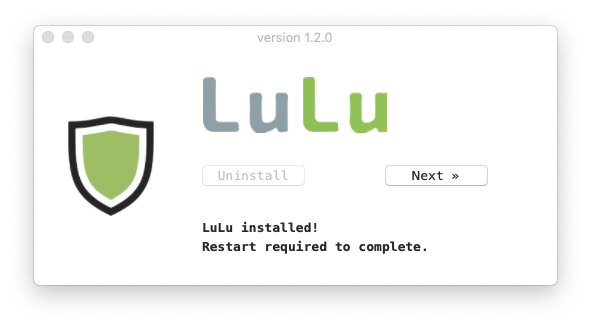RansomWhere?
- Ransomware is a type of malware that encrypts files and folders, preventing access to important files. Ransomware attempts to extort money from victims by asking for money, usually in form of cryptocurrencies, in exchange for the decryption key. But cybercriminals won't always follow through and unlock the files they encrypted.
- What is Ransomware? Ransomware is a type of computer virus that seizes control of a user's computer or encrypts the data and then demands a ransom for the return of normal operations. The most famous examples of ransomware are Reveton, CryptoLocker, and WannaCry. Ransomware is usually spread by phishing attacks or click-jacking.
- Generally speaking, ransomware encrypts personal files on your computer, then demands payment (the ransom) in order for you to decrypt your files. If you fail to pay up, and don't have backups of your files, they may be lost forever - that sucks!
History of Ransomware Attacks

Apr 10, 2021 RansomWhere 0 (Objective-See, LLC) Virtual Memory Information: Physical RAM: 40 GB. Free RAM: 14.92 GB. Used RAM: 14.36 GB. Cached files: 10.72 GB. Available RAM: 25.64 GB. Software Installs (past 60 days): Install Date Name (Version) 2021-03-25 macOS 11.2.3 (11.2.3) 2021-03-25 MRTConfigData (1.76) 2021-03-27 Malwarebytes for. Ransomware is a type of malicious software, or malware, that prevents you from accessing your computer files, systems, or networks and demands you pay a ransom for their return.
Ransomware News
Ransomware can be traced back to 1989 when the “AIDS virus” was used to extort funds from recipients of the ransomware. Payments for that attack were made by mail to Panama, at which point a decryption key was also mailed back to the user.
In 1996, ransomware was known as “cryptoviral extortion,” introduced by Moti Yung and Adam Young from Columbia University. This idea, born in academia, illustrated the progression, strength, and creation of modern cryptographic tools. Young and Yung presented the first cryptovirology attack at the 1996 IEEE Security and Privacy conference. Their virus contained the attacker’s public key and encrypted the victim’s files. The malware then prompted the victim to send asymmetric ciphertext to the attacker to decipher and return the decryption key—for a fee.

Attackers have grown creative over the years by requiring payments that are nearly impossible to trace, which helps cybercriminals remain anonymous. For example, notorious mobile ransomware Fusob requires victims to pay using Apple iTunes gift cards instead of normal currencies, like dollars.

Ransomware attacks began to soar in popularity with the growth of cyptocurrencies, such as Bitcoin. Cryptocurrency is a digital currency that uses encryption techniques to verify and secure transactions and control the creation of new units. Beyond Bitcoin, there are other popular cryptocurrencies that attackers prompt victims to use, such as Ethereum, Litecoin, and Ripple.
Ransomware has attacked organizations in nearly every vertical, with one of the most famous viruses being the attacks on Presbyterian Memorial Hospital. This attack highlighted the potential damage and risks of ransomware. Labs, pharmacies and emergency rooms were hit.

Ransomware News
Social engineering attackers have become more innovative over time. The Guardian wrote about a situation where new ransomware victims were asked to have two other users install the link and pay a ransom in order to have their files decrypted.
